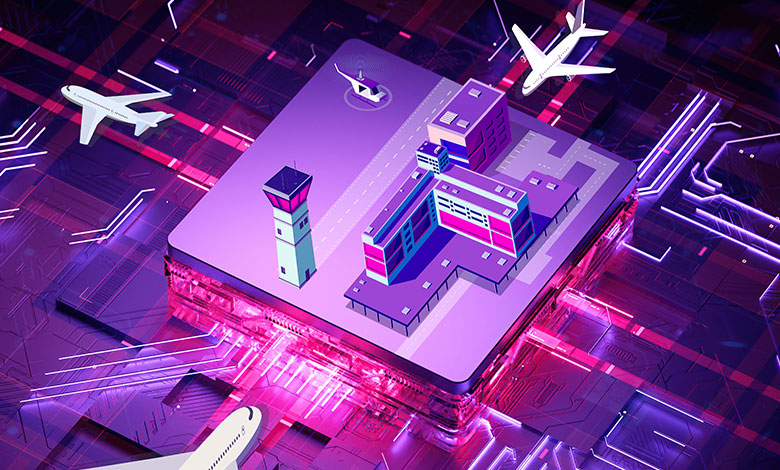When I hear the word “copilot,” I immediately think about airplanes and passenger jets, and how flying a plane safely requires both a pilot and a copilot. In commercial aviation, there is a distinct rank and order between these two roles, with the pilot being a licensed, experienced professional, acting as the final decision-maker while onboard. They are tasked with remaining calm under pressure, operating, and controlling their aircraft according to planned flight paths and during takeoffs and landings—while simultaneously monitoring the numerous systems present and required to keep an airplane safely in the sky. The copilot has similar roles and responsibilities, most importantly that they take their orders from the pilot. Copilots can also fly the plane if the pilot is unavailable, take the lead on radio communications, assist with flight planning and navigation, acquire weather briefings, monitor the plane’s instruments and systems, and keep the pilot aware of the status of these details. Essentially, the pilot and copilot are responsible for moving an airplane and its contents from one defined place to the next.
When it comes to Microsoft Copilot, I see a similar division of labor between the human individual who is in charge of what information goes into their Microsoft environment (aka, the Microsoft Graph—made up of data in your Microsoft Cloud Services such as Teams, Word, Excel, PowerPoint, Outlook, etc.) and what this individual tasks their copilot with via ChatGPT, the AI-powered Large Language Model chatbot and digital assistant. Taking this view helped me understand the meaning and power of Microsoft Copilot—and reduced my initial hesitation of using it!
You Will Always Be the Pilot
There is a certain creativity factor that we as human “pilots” bring to the forefront of what we do with our data that Microsoft Copilot will never have; this is the unmistakable difference between the human brain and AI. Microsoft Copilot does not make you smarter. You do not teach Copilot or make it smarter either—it does not learn from your data, your queries, or your inputs. Copilot does not make you more creative, but it can help you review and compile and format years and volumes of research into a more organized and easier to understand outline, or a rough draft. It does this by tapping into ChatGPT’s machine learning algorithms, which have been trained with data from the Internet.
Imagine the Possibilities of Working Together
Copilot is going to enable us to save so much time when searching for compelling, relevant information. But it is particularly important to note that getting the most from Copilot will require practice, particularly when wording requests. Copilot has no imagination, so you—the end user, the pilot—must use your creativity to get the most from Microsoft Copilot. Microsoft Copilot will access the data, your data, that has and always will contain the biases of the sources; however, the immeasurable benefits of harnessing the power of Microsoft Copilot within your organization will be worth your time and effort. Imagine being able to pull together and summarize hundreds of pages of text for your next research project, having help to create the first draft of your findings in a PowerPoint slide (even though you are terrible at PowerPoint), and then, translating it all into a language you have never spoken. The thought of that absolutely amazes me!
Outputs and creations like this clearly indicate how AI users will have an advantage over non-users, even though AI will always need guardrails in place to tease out biased or false information. The ability we have as the “pilots” to separate any false information from meaningful and actionable insights and put that into practice for the future good of humankind is truly a thing to behold. Stay tuned for more Copilot information from Connection.

